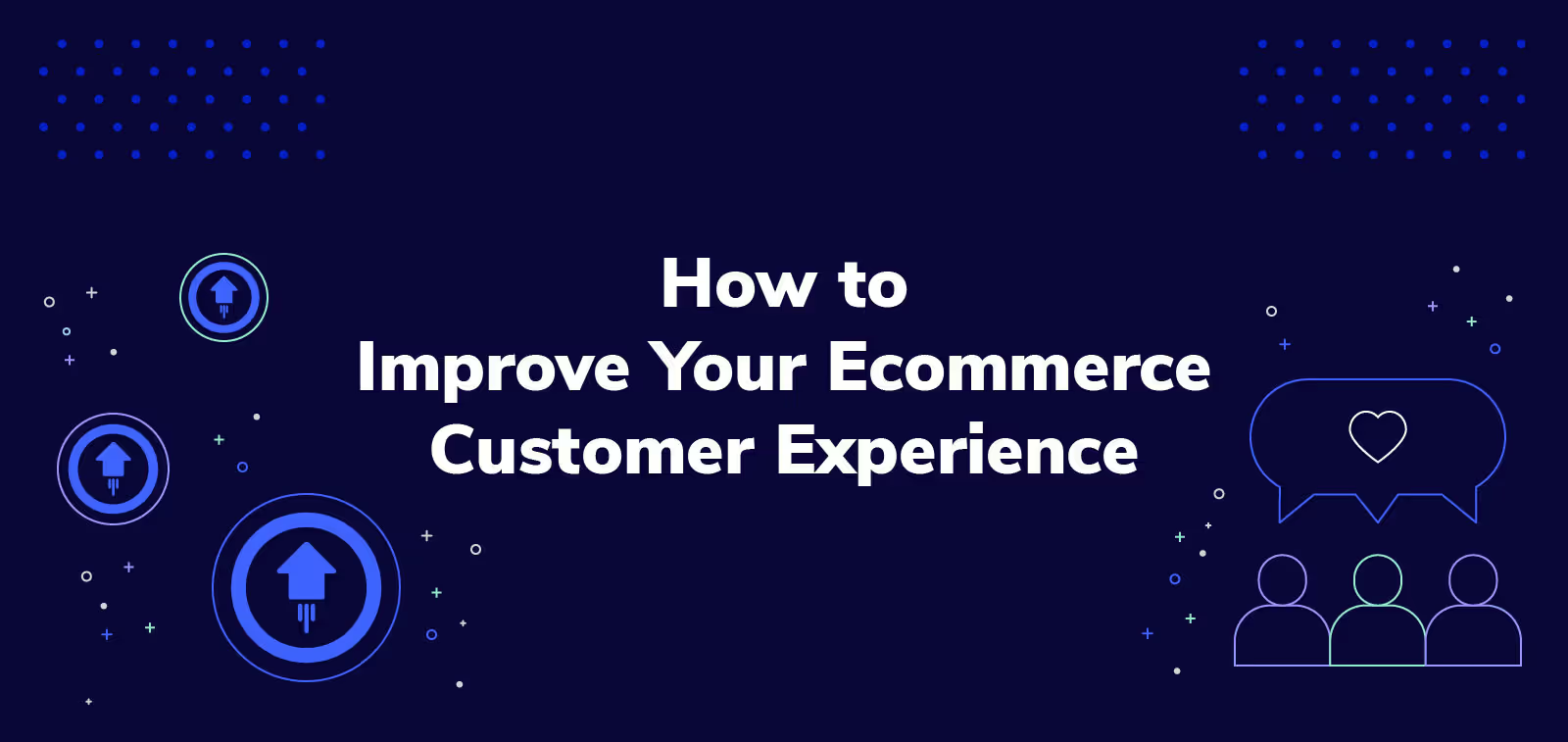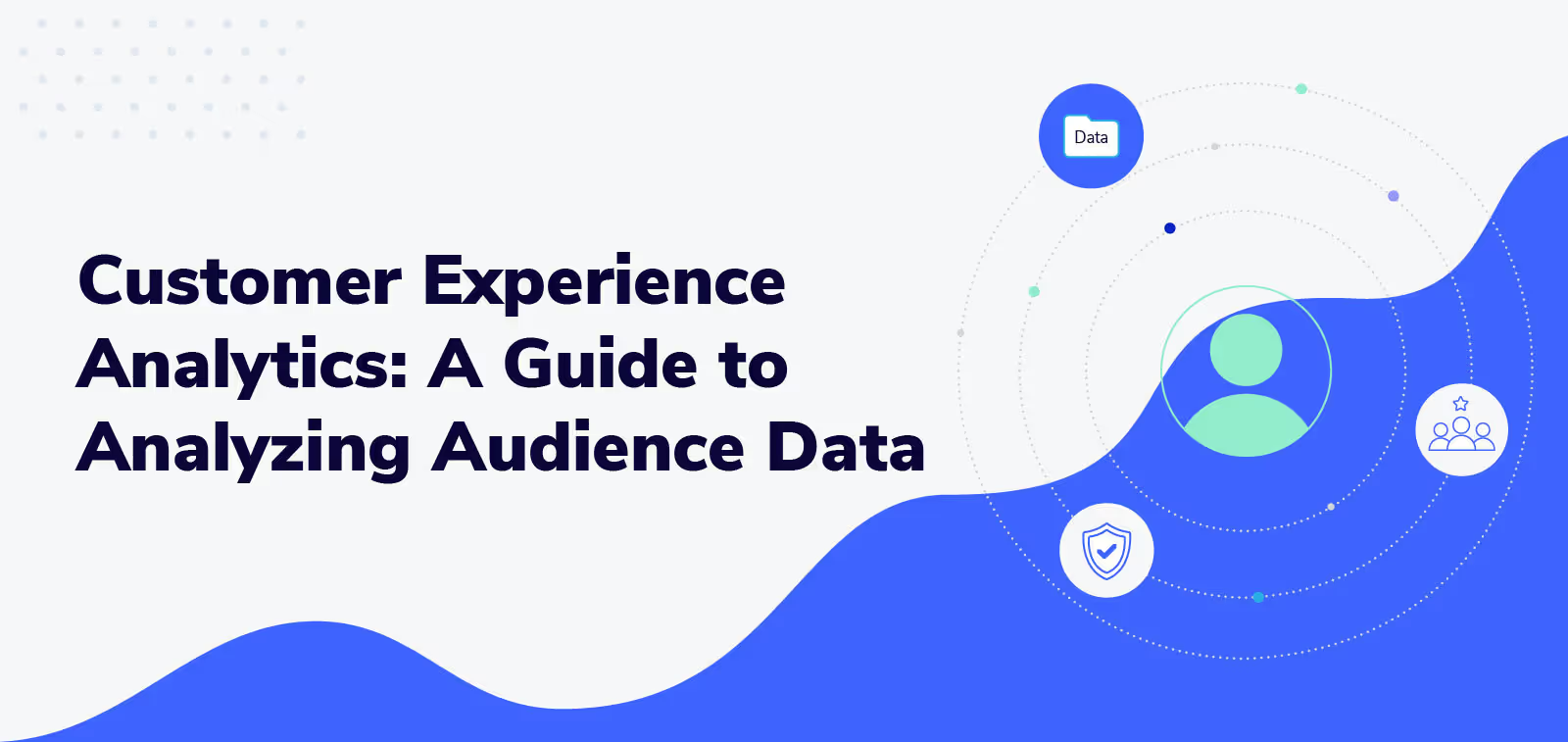5 Strategies to Help You Fight Back Against Ecommerce Customer Churn

A 2022 Salesforce study found that 71% of consumers had dropped a brand in favor of another at least once within the past year.
A couple of reasons consumers made the switch were “changing needs/expectations” and “convenience.” Those reasons don’t leave brands with a tidy improvement roadmap.
The only way forward in these cases is to analyze customer behavior and figure out what needs and expectations they have now. Then you can better understand why customers churn — and take steps to prevent others from going that route.
Create a churn prevention strategy with the help of this guide to build better customer relationships while adding value to the ecommerce experience.
What is churn prevention?
Churn prevention is an operational or marketing strategy designed to keep your customer base from ending their relationship with your brand.
While some customer attrition is inevitable — think diaper buyers whose kids get older — the preventable kind can wreak havoc on your brand and bottom line.
How to predict customer churn
Predicting customer churn starts with identifying why customers become unhappy. The faster you get in front of these churn red flags, the more swiftly you can act to retain your customers.
Send surveys after key customer engagements
After a new feature rollout or support experience, brief surveys will show you how it contributed to customer satisfaction or loyalty — or created a churn risk.
Suppose you run an ecommerce cosmetics brand, and you launch a questionnaire designed to match the customer with the correct shade of lipstick. If a customer completes the questionnaire and then places an order, send a CSAT, NPS, or CES survey once the item arrives to gauge the questionnaire’s success.
Each survey assesses the questionnaire differently, so choose a goal before sending. The surveys each consist of one question, with the option of adding space for open-ended feedback.
- Customer satisfaction score (CSAT): “On a scale of 1–5 (5 = highly satisfied), how would you rate your overall satisfaction with the product you received after completing the questionnaire?” A low score means the makeup didn’t meet expectations despite the questionnaire’s guidance.
- Net Promoter Score (NPS): “On a scale of 0–10 (10 = most likely), how likely are you to recommend our company to a friend based on the questionnaire?” A low score signals the questionnaire did little to boost retention.
- Customer Effort Score (CES): “On a scale of 1–7 (7 = extremely easy), how easy was it to find your ideal product using the questionnaire?” Low scores here mean the survey may be too long, contain vague questions, or didn’t leave the customer with a helpful result.
Tools such as Survicate send these surveys as emails or SMS notifications and aggregate scores automatically. A further integration with a marketing automation tool like Klaviyo means you can create customer segments based on survey responses. From there, you can launch your churn prevention outreach to dissatisfied customers.
Perform sentiment analysis on customer support conversations
A score of 2 on a CSAT survey is a good indication that a customer is unhappy. But what specifically is causing the unhappiness? Sentiment analysis digs deeper into written customer feedback, raising churn red flags in a way that numerical scores can’t.
A sentiment analysis tool like SupportLogic looks for terms such as “failure,” “not happy,” and “didn’t help” in these conversations. Then it generates a score that reflects the depth of negative sentiment based on the type of term and its frequency. The system then assigns “churn risk” to the most severe cases, letting you escalate those customers to the personnel who are responsible for salvaging the relationship.
If negative sentiment clusters around terms such as “checkout,” “price,” or “support reps,” then your product and marketing teams know where the churn risk is coming from.
It’s not uncommon to use sentiment analysis on social media conversations, but it’s more difficult to nail down which customers are saying what. While this type of sentiment analysis helps you figure out whether customers like a product, it’s not as effective as a churn predictor.
Analyze customer behavior on your website or app
It’s not necessary for customers to complete a survey or send written feedback to predict their churn risk. Analyzing their behavior on your app or website helps you zero in on areas of friction that might lead to churn.
You’ve most likely created a customer journey within your ecommerce store that you hope leads to the checkout page. But if customers are failing to convert, a behavior analytics tool can show you where your journey is breaking down.
Say you see an increase in cart abandonments on your final checkout page after switching to a new ecommerce platform. Using tools, such as Amplitude, track the online journeys of individual abandoning users to spot trends that might lead to a root cause.
- Do some abandoning customers return to the product page or head to your FAQs before leaving the site?
- Do abandoning customers get as far as choosing a shipping preference?
- Are abandoning customers clicking on the same products?
It’s true that customers who abandon their carts haven’t necessarily churned; they might return to try again. But if you don’t address friction, they may stop trying all together.
Establish ecommerce churn metrics
Ecommerce churn metrics help you in two ways. They show you when business performance slips, which is often a churn indicator. And they also show you whether your churn prevention strategy reverses the performance decline.
Churn calculations are a bit more straightforward for B2B SaaS companies since monthly software cancellations are easy to measure. On the B2C ecommerce side, it’s not safe to assume that a customer who hasn’t purchased in two months has churned.
But that doesn’t mean ecommerce merchants can’t predict churn. In addition to CSAT, NPS, and CES survey scores, here are three key ecommerce metrics that can indicate a churn problem.
CLV:CAC ratio. Lifetime value (CLV) measures how much revenue you earn from a customer lifecycle. Customer acquisition costs (CAC) tally how much you spend to acquire a new customer.
Calculate this ratio by dividing your average CLV over a given period by the CAC over the same period. A good ratio for ecommerce is 3:1, meaning your customers are spending three times as much as what you spent to acquire them.
If you see your CLV:CAC ratio dip below 3:1, it means your acquisition costs are starting to go up. CLV may be dropping because customers are leaving you for a competitor.
Repeat purchase rate. A high repeat purchase rate means your customers aren’t finding reasons to churn. It’s a helpful measure of customer loyalty.
Calculate this metric by dividing the number of repeat customers in a given time period by your total number of customers. The time period varies by industry. A coffee customer will usually buy more frequently than a power-tool customer.
If your repeat purchase rate starts to drop over time, customers aren’t finding enough value in your products or their experience to buy again. Conduct a churn analysis to figure out why this may be happening.
Revenue churn rate. This metric measures revenue changes from existing customers over a certain time period. While a recession can cause the revenue churn rate to increase, preventable churn may also be the reason.
Here’s how to calculate your revenue churn rate for a given month, although you can choose any time period.
- First, determine the incoming revenue from existing customers at the beginning of the month, and subtract it from your end-of-month revenue.
- Divide that number by the first-of-the-month revenue amount.
5 churn prevention strategies
Once you’ve identified at-risk customers, consider these experience-enhancing retention strategies to keep them in the fold.
1. Develop win-back campaigns for inactive customers
You shouldn’t assume that customers who buy once and then become inactive are lost. They may simply need a reason to buy again, and a win-back campaign can give it to them.
A win-back campaign sends targeted messaging — usually via SMS and/or email — to existing customers who haven’t purchased within the usual timeframe for repeat buyers. Use these campaigns to confirm churn and potentially boost your repeat purchase rate.
These campaigns are worth the investment. Recent Klaviyo data found that win-back campaigns have an average open rate of more than 29%. Successful win-back campaigns follow these steps:
- Figure out which customers truly qualify as inactive. Again, a mattress customer won’t be as active as a coffee customer.
- Include an incentive to purchase in your campaign, but don’t make it the cornerstone of your campaign. Include a recent positive review or a visual of a past purchase to remind them of your value.
- Consider sending the campaign over several emails or SMS messages, but don’t send too many. Create an automation in Klaviyo where a lack of interaction with one message triggers a second. You may have to experiment to find the right balance.
If any customers in your win-back segment unsubscribe, they’ve officially churned.
2. Admit mistakes – and explain how you’ll fix them
Mixing up an order or taking too long to respond to a help request doesn’t automatically mean you’ve lost the customer. But unhappy customers expect you to make things right — or their risk of churn goes way up.
In 2022 research from Forrester, a majority (54%) of customers who “report positive emotions like feeling happy, valued, and appreciated are willing to forgive brands that make mistakes.” A campaign designed to admit and remedy mistakes helps customers feel included and appreciated, increasing the likelihood of forgiveness.
Suppose a group of customers experience delayed shipments because of a supply chain issue. As a result, you might see a surge in negative sentiment and churn risks as complaints stream in.
SupportLogic is a tool that integrates with support software like Zendesk, which in turn integrates with Klaviyo. Zendesk can create a segment of customers affected by the supply chain issue, which you can transfer to Klaviyo for follow-up.
Unlike a win-back campaign, an “apology” campaign acknowledges customer frustration and clearly communicates an improvement plan. Create a Klaviyo flow that includes this messaging:
- An apology from the owner, including an incentive on another order or store credit
- First dibs on the product when it comes back in stock (if applicable)
- How you’ll avoid the problem in the future
- An alert to affected customers once you’ve implemented the fix
You might include the first three messages in a single email, or link the user to a dedicated landing page with a video apology and next steps. Then you can send the fourth message as an email once you’ve made the fix.
3. Eliminate churn-causing friction with A/B testing
Once you detect friction at a key customer touchpoint, A/B testing helps you find a solution that improves the customer experience and reduces the likelihood of churn.
Let’s return to the example of a surge in cart abandonments on your final checkout page after switching to a new ecommerce platform. Suppose your behavior analysis indicates that many customers are abandoning their carts before entering a shipping preference. Maybe customers want an idea of the total costs before reaching the final checkout page.
You design an A/B test where you stick a shipping calculator on your most popular item’s product page for half your target audience. Using a tool like Amplitude, run this test with “predictive cohorts” or customers whose past behavior strongly suggests a future outcome. You can target one-time buyers most likely to buy a second time.

If the shipping calculator has little impact on conversions for this group, quickly design new tests based on behavior recorded from the previous test. How long did this cohort linger on the pages with a shipping calculator? Perhaps test a pop-up with a discount to encourage that second sale.
4. Identify your best customers — and assign a support agent to them
While you don’t want any customers to churn, over time, some customers’ lifetime values will set them apart from the rest. Your churn prevention strategy should invest more in keeping your most valuable customers engaged.
Customer service is the key battleground pitting retention against churn. Zendesk found that a whopping 61% of consumers would drop a company after a single bad customer service experience. With so much at stake, create an added layer of personalization for your VIPs to make sure they never risk a poor support experience.
Customer support platform Gladly gives you the ability to route VIPs to a single support agent who knows their history and preferences. These customers reach the same agent whether they use email, phone, text, or chat. Here’s how to get started:
- Establish your VIP criteria.
- Segment customers meeting those criteria in your CRM.
- Send these VIP customer profiles to Gladly, and assign support reps to manage these specific accounts.
- Assign backup reps when primary agents are not available.
Once you launch this churn prevention strategy, pay close attention to your CLV:CAC ratio to see if you get closer to or surpass the 3:1 benchmark.
5. Offer product and shipping protection plans
Customers purchase product and shipping protection plans to safeguard their purchases in case of damage in transit or at home. But the plan’s role in churn prevention occurs when customers need to file claims.
As an ecommerce merchant, you trust third parties that provide services on your behalf not to damage your brand with poor experiences. If filing a protection plan claim proves inconvenient, customers most often blame you — even if it’s not your fault.
Plan providers like Extend let customers easily file claims online with only their email address. Extend handles all service-related issues and responds to all claim filings in minutes. Our online claim adjudicator, Kaley, makes every claim filing feel personalized.

In another boost to churn prevention, Extend sends customers back to your website to purchase a replacement item. This kind of seamless post-purchase experience makes it more likely that customers will actually buy from you again.
Increase customer retention — and CLV — with Extend product and shipping protection
Customers who have a positive protection plan claim experience aren’t just less likely to churn. They’re also likely to purchase product and shipping protection plans again when they visit your store. Ideally, you’ll see your repeat purchase rate improve and receive a boost to CLV, thanks to the plan revenue Extend shares with merchants. It’s a win-win situation.
Partnering with Extend safeguards the post-purchase customer experience. It protects your brand while giving customers options in case of accidents. To learn more about partnering, click here for a free demo.
Aaron Sullivan is senior content marketing manager at Extend. He specializes in writing about e-commerce, finance, entertainment, and beer.
.svg)






























